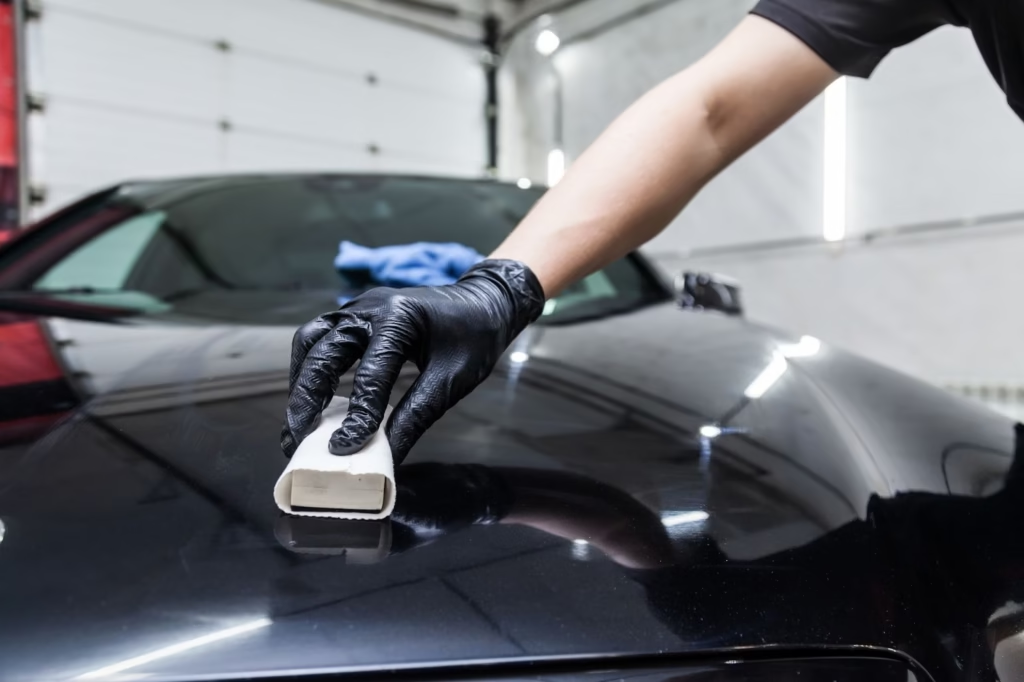For Subaru WRX enthusiasts, there are very few upgrades that can match the immediate satisfaction of getting a WRX Catback Exhaust, let it be due to the increase in horsepower or simply the sound. A Catback Exhaust strikes the perfect balance between gaining more performance and satisfying the ears, and is relatively easy to install compared to other more intricate systems. But what does a WRX Catback Exhaust system do aside from making more noise? Let’s evaluate the real impact a WRX Catback Exhaust has on the car, including throttle response, long-term drivability, and more, without listing countless specifications.
Catback Exhaust’s Influence on the WRX’s Performance
The stock exhaust system of the Subaru WRX is built considering the price restrictions and noise limitations, using cost-efficient materials. The factory exhaust system is no different and has a lot of issues when it comes to performance. Performance is usually not considered when designing stock systems. They tend to come with bulky mufflers and avereasonators which stifle that legendary Subaru boxer engine roar, while creating excess backpressure. Everything from the catalytic converter to the muffler needs to be replaced with a better flowing unit, and a Catback system offers just that. Catback systems optimize exhaust flow by utilizing larger piping, smoother bends, and performance-oriented mufflers.
The difference isn’t just a theory: owners continue to inform us that the cat-back exhaust makes a subaru wrx feel much more alive. The breathing of the system eases, resulting in a slight reduction of turbo lag and an improvement of response in the throttle. While it’s true that the gains in horsepower are quite limited – on average between 5-15 HP without tuning – the benefits of how power is supplied to the car is of greater significance; the turbo is able to spool more freely due to the slack, while the easement of restriction increases the command that the engine has over the revs, further enhancing the driving experience.
The Transformation of Sound: More Than Just Noise
The custom exhaust note is one of, if not the most, powerful reason that causes enthusiasts to make the switch to cat-back systems. The horizontally opposed engine in the subaru is famous for a reason and the right exhaust enhances its character with out being obnoxious. Some system captures the brawny deep rumbling bass of the boxer engine, while others offer a stinging rally-inspired tone.
That said, not all of them sound the same, different brands offer different approaches. Some of them have primary focus on the refined friendly daily driver volume whilst for others it’s all about max nine agression. The trick is finding the right system that fits your style of driving whether that is mad volume when you put the pedal to the metal or a low-key growl when cruising in the highway.
Practicality of a Catback Exhaust: Drivability and Daily Use
A nagging worry for almost all WRX owners in respect to Catback exists regarding whether it would be too loud for daily driving. The good news is that most modern systems are designed to allow for thrilling exhaust sounds without drone or excessive noise at cruising speeds. Mufflers and resonator designs help keep the cabin quiet, while still delivering an exhilarating soundtrack under heavy acceleration.
There is also the aspect of weight savings. Several aftermarket WRX Catback Exhaust systems are built from lighter materials like stainless steel or titanium, thereby lowering the weight of the vehicle. While not very significant, every pound shed improves the vehicles handling and acceleration.
What To Expect: Installation and Compatibility
Catback systems are easier to install than more complex exhaust upgrades like turbo-back systems. Most bolt directly to the factory catalytic converter which means no cutting or welding is necessary. It is a do-it-yourself project for those a little handy but precise installation guarantees flawless symmetry with no leaks.
A WRX Catback Exhaust does not necessitate an ECU tune right away, making it one of the safest first modifications to a car. However, combining it with an aftermarket downpipe or intake system in the future will increase performance and require tuning.
Having a Catback exhaust system has benefits beyond just performance.
The benefits of a Catback exhaust system high rotational power and better acoustics are widely known, but there are lesser-known advantages as well. Their high-quality construction ensures lesser maintenance hassles when it comes to rust, especially those forged from 304 stainless steel or titanium, as they resist wear more than stock counterparts. This is further enhanced if they will be placed in harsh climates.
An aesthetically pleasing, performant WRX Catback Exhaust will increase the vehicle’s resale value. Used WRX enthusiasts have shown favor for vehicles with well-managed upgrades, and a quality exhaust indicates that the vehicle has a performance-oriented previous owner.
Is a Catback Exhaust worth it for your WRX? Final thoughts:
Installing a Catback exhaust on your Subaru WRX is an effective way of working on your performance and customization goals. Strongly consider it if you’re looking for an easy modification as it will transform your driving experience.
A WRX catback exhaust increases throttle response, enhances driving experience, and shifts the sound of your car’s engine without disrupting everyday usability. This modification serves as a reminder that sometimes the best changes to a car go beyond logic—it’s about how the car feels every time you press the throttle.
Choosing the right catback exhaust can refine the entire driving experience of a WRX. From the first cold start to spirited drives in the backroads, this modification will enable the WRX to perform at optimum levels and fulfill its performance heritage.





